View all Standards for Georgia Performance Standards - Theatre Arts
TA6.PR.2 Execute artistic and technical elements of theatre.
a. Incorporate technical elements in performance.
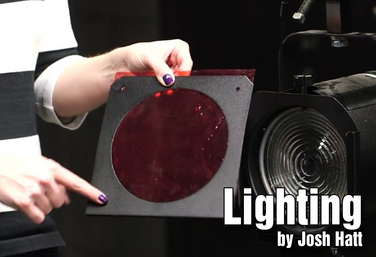
Part of the Technical Theatre Mini Units Curriculum
Lighting
by Josh Hatt
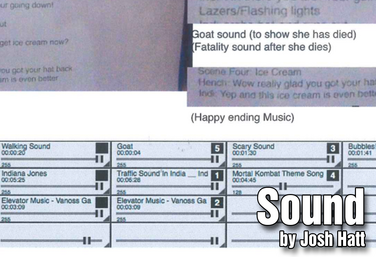
Part of the Technical Theatre Mini Units Curriculum
Sound
by Josh Hatt
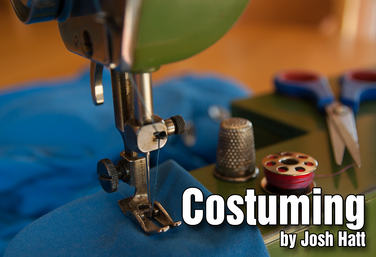
Part of the Technical Theatre Mini Units Curriculum
Costuming
by Josh Hatt

Part of the Technical Theatre Mini Units Curriculum
Staging
by Josh Hatt
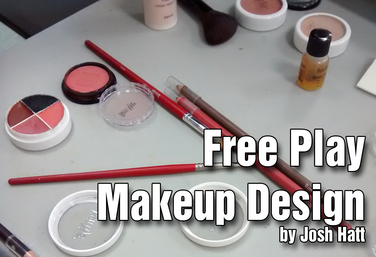
Part of the Technical Theatre Mini Units Curriculum
Free Play Makeup
by Josh Hatt
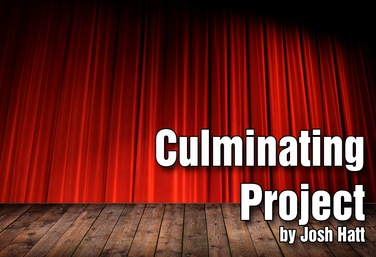
Part of the Technical Theatre Mini Units Curriculum
Culminating Project
by Josh Hatt
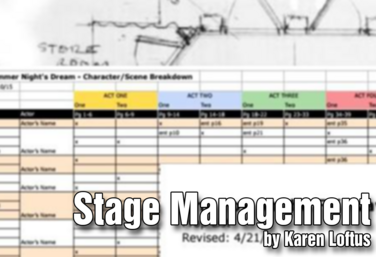
Stage Management
by Karen Loftus

Part of the Production Classroom Units Curriculum
Production Classroom Units Overview
by Karen Loftus

Part of the Production Classroom Units Curriculum
Part One - Pre-Production
by Karen Loftus

Part of the Production Classroom Units Curriculum
Part Two - Rehearsal and Performance
by Karen Loftus

Part of the Production Classroom Units Curriculum
Part Two - Documents
by Karen Loftus

Part of the Production Classroom Units Curriculum
Part Three - Reflection and Assessment
by Karen Loftus

East Meets West: Theatre Traditions
by Marsha Walner

Part of the Stagecraft Without a Theatre Curriculum
Introduction to Theatre Production
by Karen Loftus
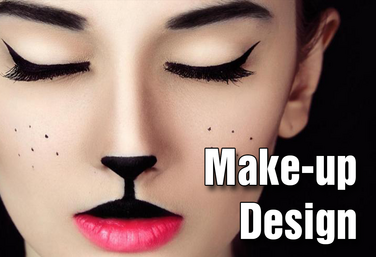
Part of the Stagecraft Without a Theatre Curriculum
Make-Up Design
by Karen Loftus and Josh Hatt
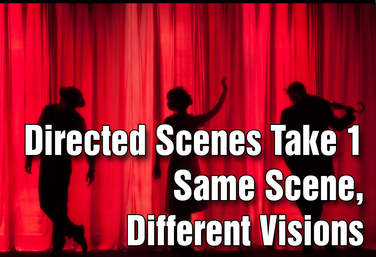
Part of the Middle School Curriculum
Unit Six: Directed Scenes Take 1: Same Scene, Different Visions
by Lindsay Johnson
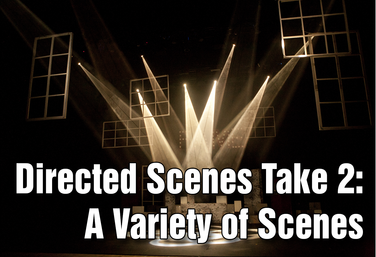
Part of the Middle School Curriculum
Unit Seven: Directed Scenes Take 2: A Variety of Scenes
by Lindsay Johnson
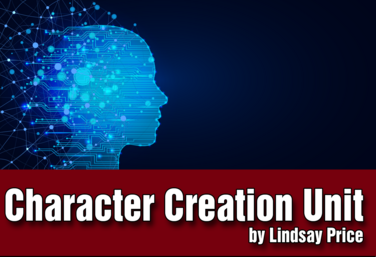
Character Creation: Superhero Series: Multi platform
by Lindsay Price and Kerry Hishon
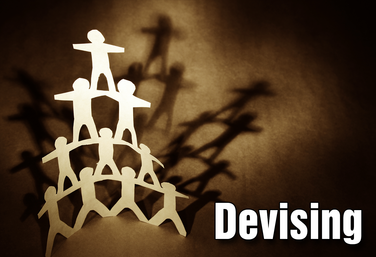
Part of the Drama Two Curriculum
Devising
by Corinna Rezzelle
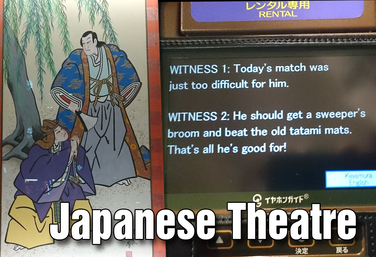
Part of the Drama One Curriculum
Japanese Theatre
by Karen Loftus
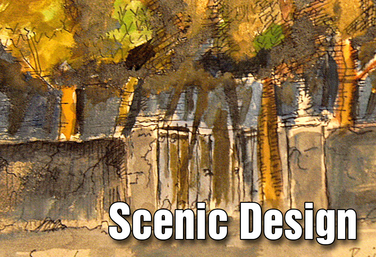
Part of the Drama One Curriculum
Scenic Design
by Karen Loftus
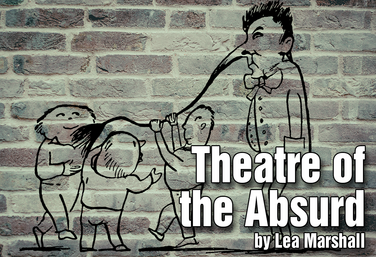
Theatre of the Absurd
by Lea Marshall

Agatha Rex and Ancient Greek Theatre
by Angel Borths

Part of the Stagecraft Without a Theatre Curriculum
What is a Stage Manager? (Extra Lesson)
by Karen Loftus
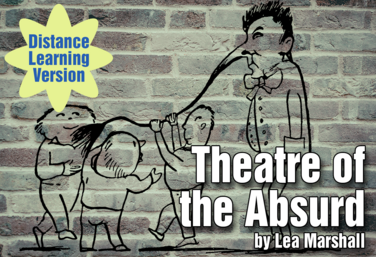.png)
Part of the Distance Learning Curriculum
Theatre of the Absurd
by Lea Marshall

Tech Theatre Unit: Costuming When You Don't Sew
by Drama Teacher Academy
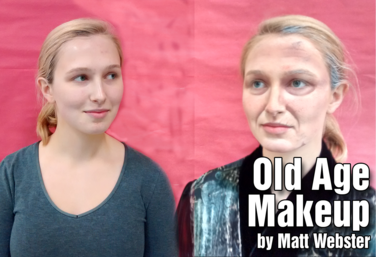
Old Age Makeup
by Matt Webster
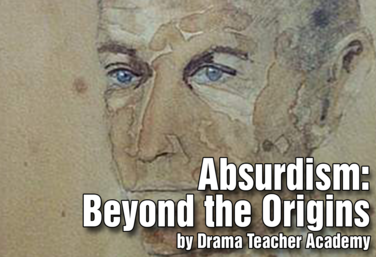
Absurdism: Beyond the Origins
by Drama Teacher Academy
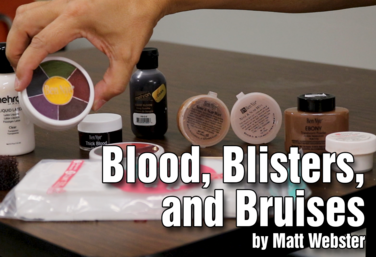
Blood, Blisters & Bruises Makeup
by Matt Webster
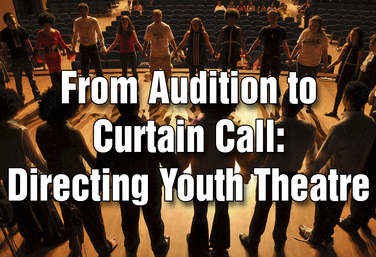
From Audition to Curtain Call: Directing Youth Theatre
by Steven Stack

The Do-it-All Director's Introduction to Costuming
by Holly Beardsley
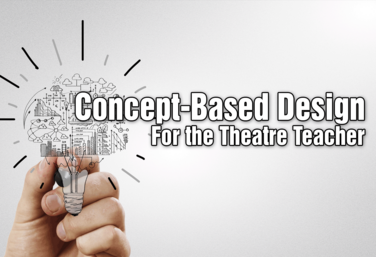
Concept-Based Design for the Theatre Teacher
by Matt Webster
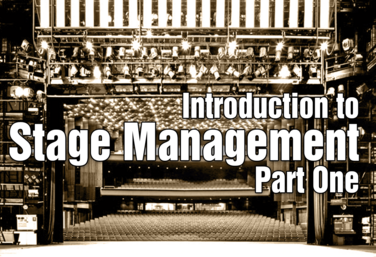
Introduction to Stage Management Part One
by Karen Loftus
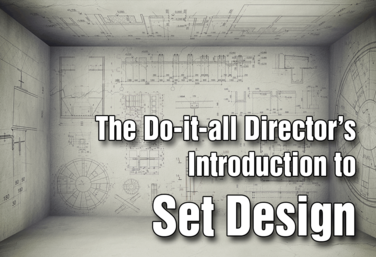
The Do-it-All Director's Introduction to Set Design
by Holly Beardsley
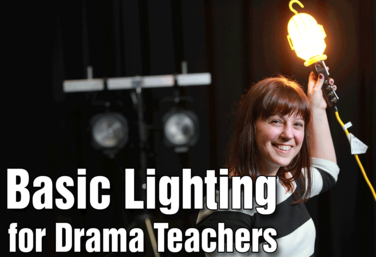
Basic Lighting for Drama Teachers
by Claire Broome

The Production Classroom
by Karen Loftus
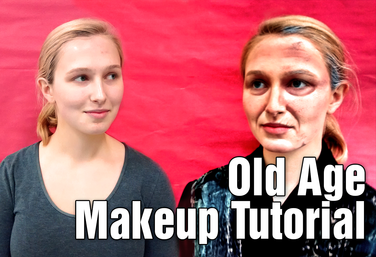
Old Age Makeup Tutorial
by Matt Webster
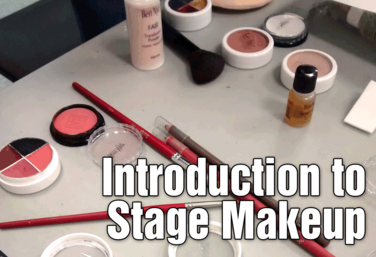
Introduction to Stage Makeup
by Matt Webster
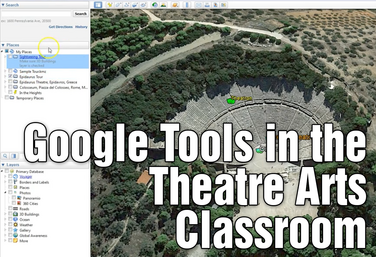
Google Tools in the Theatre Arts Classroom
by Anna Porter
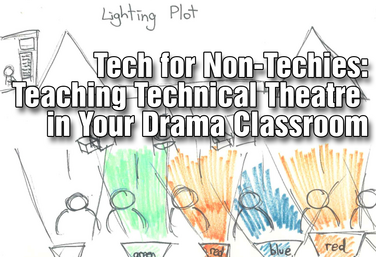
Tech for Non-Techies: Teaching Technical Theatre in Your Drama Classroom
by Josh Hatt
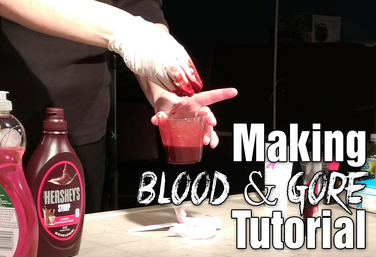
Making Blood and Gore Tutorial
by Linda Veneris
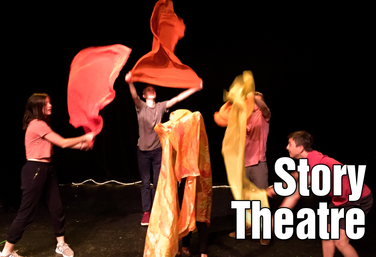
Story Theatre
by Matt Webster
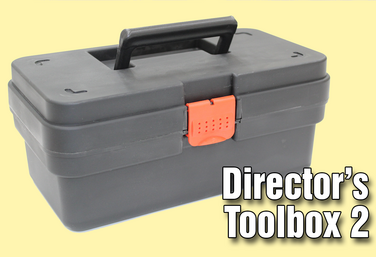
Director's Toolbox 2: Teaching Students to Direct
by James Van Leishout
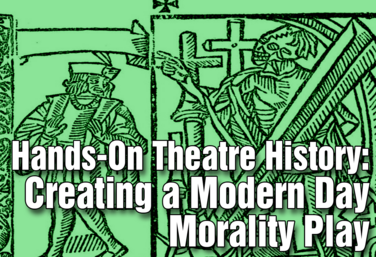
Hands-On Theatre History: Creating a Modern Day Morality Play
by Wendy-Marie Martin
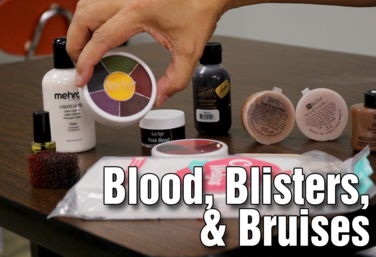
Blood, Blisters & Bruises
by Matt Webster

Tech Knowledge: Integrating Tech Throughout Your Rehearsal Process
by Claire Broome
View all Standards for Georgia Performance Standards - Theatre Arts Standards Master List